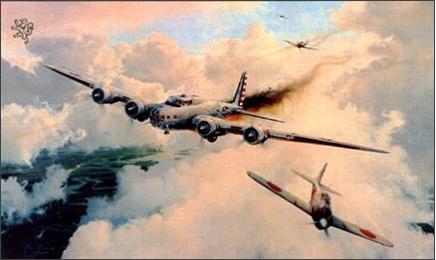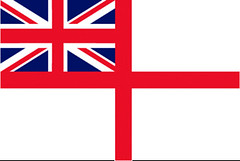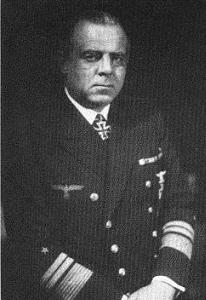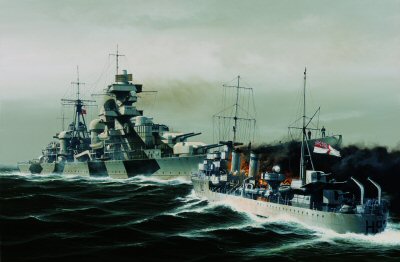
We always remember Pearl Harbor - but that second week of DEC 1941 war was breaking out all over the Pacific. Something different for Pearl Harbor. Capt. Colin Kelly Jr., early leadership example.
The war exploded all over the Pacific that day, and in the focus on Hawaii, the other stories often get forgotten. Let's look at some events in Skippy's favorite Old School liberty area - The Philippines.
On the morning of Dec. 10, 1941, six B-17Cs of the 14th Bomb Squadron, 19th Bomb Group, sat in the rain at a rough landing strip near San Marcelino on the Philippine island of Luzon. The crews had spent the night without food, sleeping in or under their planes. Of the war situation they knew little except that Japan had attacked Clark Field and other installations near Manila on Dec. 8--Pearl Harbor on the 7th--and some 400 Japanese aircraft had destroyed most of the US B-17s and pursuit planes.As is not too uncommon, in the rush to make a legend, good people with good intentions try to make an already great story of heroism and honor even better - and ruin it.
Squadron Commander Maj. Emmett "Rosy" O'Donnell Jr., had flown to Clark before daylight to get orders for his squadron. He radioed his pilots to proceed to Clark at daybreak. Only three of the B-17s were allowed to land. They were flown by Capt. Colin P. Kelly Jr., and Lts. George E. Schaetzel and G. R. Montgomery. Captain Kelly, a 1937 graduate of the US Military Academy and a former B-17 instructor, was one of the most experienced and respected pilots of the 19th Bomb Group.
An imminent air attack sent the three bombers off to their respective targets before refueling and bomb loading were completed. Captain Kelly had only three 600-pound bombs aboard and orders to attack airfields on Formosa (Taiwan), some 500 miles north of Clark. The mission would earn Colin Kelly a place in American history and legend.
In the confusion of the early days of the Pacific war, Kelly was credited with sinking a Japanese battleship and with award of the Medal of Honor. Overnight he became a national hero. It later was determined that Kelly and his crew did not sink a battleship, nor was he awarded the Medal of Honor, although some still believe both. In fact, Colin Kelly was recommended for the Medal of Honor by Maj. Gen. Lewis H. Brereton, commander of the US Far East Air Forces. The award he received was the Distinguished Service Cross, on the orders of Gen. Douglas MacArthur's headquarters.
This is what actually happened, as told in mission debriefings by members of Kelly's crew and in an official report of the mission prepared in February 1942.
For Captain Kelly and his crew, it was a solo mission deep into territory where the Japanese held absolute air superiority. They had no fighter escort. By Dec. 10, there were only 22 flyable P-40s and a few obsolete P-35s left. As they flew north toward Formosa, Kelly and his crew passed over a large Japanese landing in progress at Aparri on the north coast of Luzon. The presence of an enemy carrier in the vicinity had also been reported.
Kelly radioed Clark Field for permission to attack the landing force, which was supported by several destroyers and a large warship, thought to be a battleship, bombarding the coast from several miles offshore. After two calls to Clark that brought only a response to stand by, Kelly told the crew they were going ahead on his decision to attack the battleship--actually a cruiser. Kelly made two dry runs at 20,000 feet, giving bombardier Sgt. Meyer Levin time to set up for an accurate drop.
On the third run, he told Levin to release the bombs in train. As best the crew could tell, two of the three bombs bracketed the ship with one direct hit. Smoke prevented more accurate assessment. The B-17 then headed for Clark Field, its bomb bay empty.
As it approached Clark, the bomber was hit by enemy fighters.
The first attack killed TSgt. William Delehanty, wounded Pfc. Robert Altman, and destroyed the instrument panel. A second attack set the left wing ablaze. The fire spread rapidly into the fuselage, filling the flight deck with smoke.
Captain Kelly ordered the crew to bail out while he still had control of the doomed bomber. Fire began to engulf the flight deck. SSgt. James Halkyard, Pfc. Willard Money, and Private Altman went out the rear. Navigator 2d Lt. Joe Bean and Sergeant Levin, after a time-consuming struggle, pried open a stuck escape hatch and took to their chutes.
The nose of the aircraft was now an inferno. Colin Kelly remained at the controls as copilot 2d Lt. Donald Robins moved to the upper escape hatch. At that moment, the bomber exploded, hurling a badly burned Robins clear of the aircraft.
The B-17 crashed about five miles from Clark Field. Colin Kelly's body was found at the site. The early report of his heroism, which inspired a nation in shock, is in no way diminished by the actual events of that December day in 1941. Alone and far from friendly territory, he attacked and damaged a heavily armed ship, then sacrificed his own life to save his crew.
NB: when in doubt, ignore emotions than tell the truth. History will find it out later. You can dig around the refs and links to see what I am talking about, but here is the truth and the two big lessons we should take away from Capt. Kelly. Oh, remember....this was less than 72 hours after the start of the war with a early mod of the B-17.
BTW, one of the men attacking Kelly's bomber that day was Saburo Sakai. He was a great man, great pilot, and a hero to anyone who takes the time to try to know what he did with his life.
First posted DEC07























